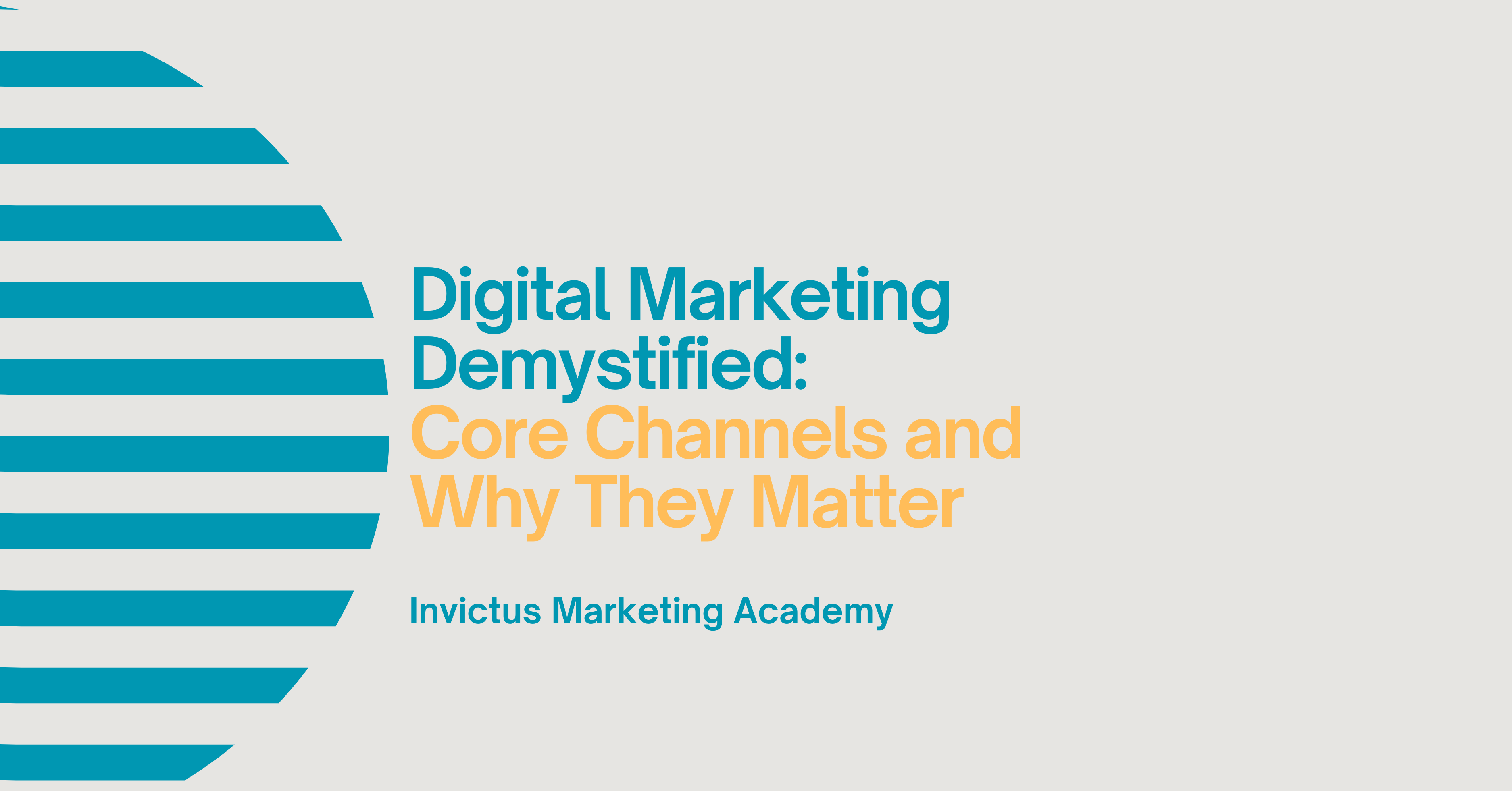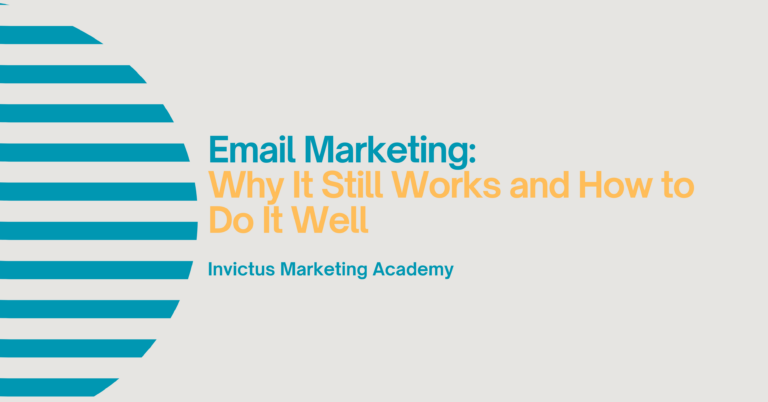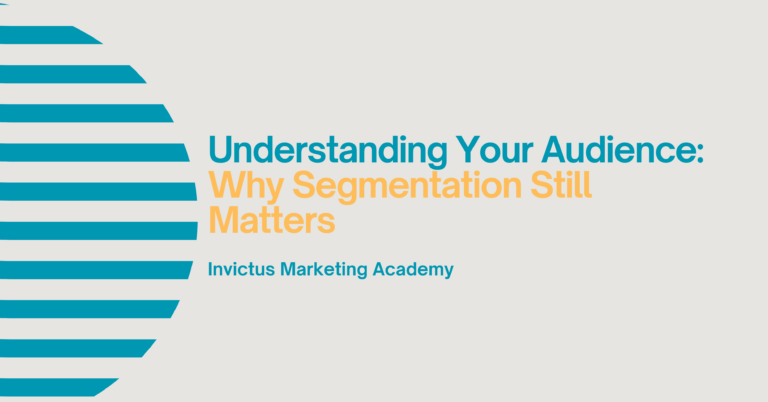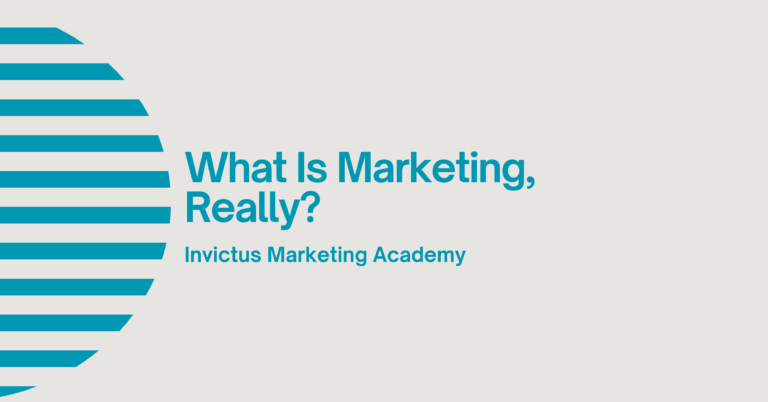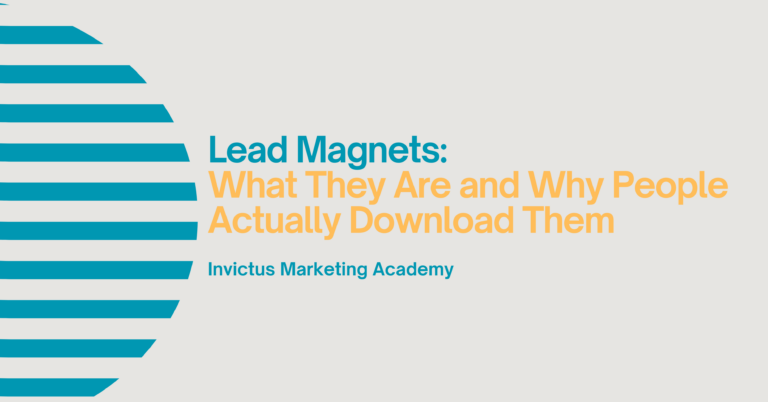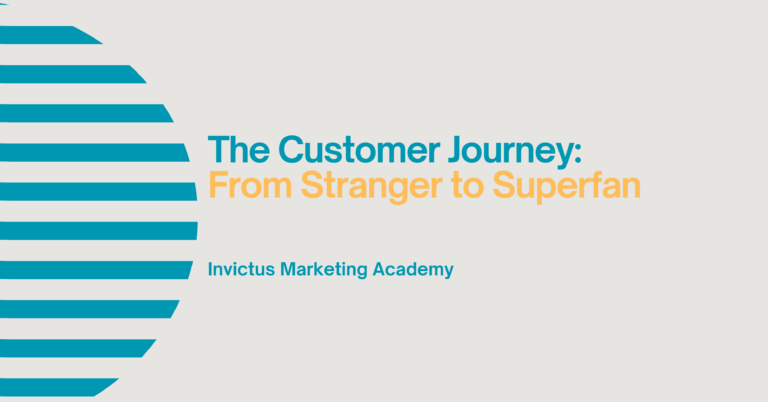Digital Marketing Demystified: Core Channels and Why They Matter
In today’s connected world, digital marketing is no longer optional — it’s fundamental. Whether you’re selling handmade crafts or scaling a global SaaS platform, digital channels provide the reach, targeting, and measurability that traditional marketing alone can’t deliver.
But while the term digital marketing gets thrown around constantly, it’s often misunderstood. Many see it as just social media posts or pay-per-click ads. In reality, digital marketing is a strategic ecosystem of platforms, tools, and techniques that work together to attract, engage, convert, and retain your ideal audience.
The strength of digital marketing lies in its ability to be both broad and precise. You can reach audiences across the world or hone in on a specific niche with pinpoint accuracy. You can build brand awareness, generate leads, and nurture relationships — all within the same strategy.
This article breaks down the core channels of digital marketing, explains how they work, and offers practical insight into choosing the right mix for your goals.
What Is Digital Marketing?
Digital marketing refers to the use of internet-based channels to promote products, services, or brands. It includes all forms of communication, advertising, and customer interaction that happen online — from your website to the ads you see before a YouTube video.
Unlike traditional marketing, digital marketing is:
- Measurable – You can track almost everything: clicks, views, conversions, time on page.
- Interactive – Customers can respond, comment, share, or message in real-time.
- Targeted – You can reach specific audiences based on location, interests, behaviours, or even previous actions.
- Flexible – Campaigns can be adapted quickly in response to data or changing circumstances.
- Cost-effective – Especially for smaller businesses, digital marketing often delivers more value per pound than traditional methods.
What’s most compelling is that digital marketing isn’t reserved for big-budget businesses. With smart tools and a well-planned approach, even solo entrepreneurs can create high-impact campaigns that reach the right people — and make a real difference to the bottom line.
The Core Channels of Digital Marketing
Not all digital marketing channels are created equal — and not all are right for every business. Understanding what each channel does helps you decide how to spend your time and resources wisely.
1. Search Engine Optimisation (SEO)
SEO is the practice of improving your website’s visibility on search engines like Google. When someone types in a query related to your business — for example, “best vegan bakery in Newcastle” — SEO helps ensure your site appears in those search results.
It’s about more than just keywords. SEO includes:
- Optimising on-page content for relevance and clarity
- Structuring your website for easy navigation
- Improving site speed and mobile usability
- Earning backlinks from trusted websites
- Writing high-quality content that answers real questions
SEO is a long-term game. It won’t bring instant traffic, but the cumulative effect of regular, high-quality improvements can deliver consistent, cost-effective results — especially for businesses that want to build authority in their space.
2. Pay-Per-Click (PPC) Advertising
PPC allows you to place ads on search engines, websites, and social platforms — and only pay when someone clicks.
Platforms like Google Ads, Meta Ads (Facebook and Instagram), and LinkedIn Ads give you access to highly targeted audiences based on demographic, behavioural, and interest-based data. This makes PPC ideal for:
- Product launches
- Seasonal offers
- Lead generation campaigns
- Retargeting past website visitors
The major advantage of PPC is speed — you can see results within days, or even hours. However, it requires careful budget management, testing, and ongoing optimisation to avoid wasted spend.
3. Email Marketing
Email marketing is one of the most effective tools in your digital toolbox. It allows you to speak directly to people who’ve already expressed an interest in your business — and it works across every stage of the customer journey.
With the right strategy, email can be used to:
- Welcome new subscribers
- Promote products or services
- Share educational content
- Encourage reviews and referrals
- Reactivate lapsed customers
Modern email marketing relies heavily on automation and segmentation. Instead of sending one generic newsletter to everyone, smart marketers tailor content based on customer behaviour and preferences. Tools like Mailchimp, Klaviyo or MailerLite make this increasingly accessible for businesses of all sizes.
4. Social Media Marketing
Social media allows brands to be visible, human, and culturally relevant. Whether you’re educating, entertaining, or selling — platforms like Instagram, TikTok, Facebook, LinkedIn, and Pinterest allow you to reach your audience where they already spend their time.
But success on social media isn’t about simply showing up. It’s about engaging meaningfully.
That means:
- Posting consistently and with purpose
- Responding to comments and messages promptly
- Creating content that adds value or sparks conversation
- Being visually distinctive and authentic
Social media is also an excellent platform for storytelling — sharing your process, your people, and your purpose. Done well, it becomes a channel not just for promotion, but for relationship-building.
5. Content Marketing
At the heart of most digital strategies is content — blog posts, videos, podcasts, guides, tutorials, and more. Content marketing is about creating helpful, informative, or inspiring materials that bring people to your brand organically.
The aim isn’t to sell directly — but to establish trust, solve problems, and guide potential customers through the buying journey. It supports SEO, fuels social media, and provides material for emails and lead magnets.
Over time, good content builds your reputation as an expert. It makes your brand a go-to source for insight — not just information.
6. Affiliate and Influencer Marketing
These channels allow you to expand your reach by partnering with others who already have an audience.
- Affiliate marketing involves promoting your product through partners who earn a small commission per sale or action. It’s low-risk and performance-based.
- Influencer marketing relies on endorsements from creators or thought leaders who align with your brand. Their voice can build trust and bring visibility in new spaces — particularly among younger, digitally native audiences.
These strategies are most effective when they’re authentic. Forced endorsements or over-promising can backfire. The best partnerships feel like a natural fit — and deliver value to the audience first.
Building a Digital Marketing Strategy
It’s tempting to try everything. But digital marketing works best when it’s focused. The right mix of channels depends on your audience, goals, resources, and business model.
Start by asking:
- What problem are we solving?
- Who are we trying to reach?
- Where do they already spend time online?
- What stage of the journey are they in — awareness, consideration, or decision?
Then consider how different channels can work together. For example:
- SEO brings in search traffic.
- Content helps educate and build trust.
- Social media increases visibility and engagement.
- Email nurtures the relationship and drives repeat purchases.
- PPC provides targeted reach for specific campaigns.
A good digital marketing strategy isn’t just a set of tactics — it’s an integrated system designed to move your audience closer to action.
A Practical Example: A Home-Grown Skincare Brand
Let’s say you’re launching a natural skincare brand that uses locally sourced ingredients and plastic-free packaging.
Your digital marketing strategy might look like this:
- Website: Clean, minimal design with clear product pages, customer reviews, and an educational blog.
- SEO: Targeting keywords like “eco-friendly skincare UK” and “plastic-free face cream”.
- Content marketing: Articles on common skincare concerns, ingredient benefits, and sustainable routines.
- Social media: Behind-the-scenes videos, tutorials, user-generated content, and Q&As on Instagram and TikTok.
- Email marketing: A welcome sequence introducing the brand story, followed by product tips and seasonal offers.
- Influencer outreach: Collaborating with eco-conscious beauty bloggers and wellness influencers.
This joined-up strategy isn’t just about selling. It’s about building a brand that’s memorable, trustworthy, and deeply connected to its values.
In Summary
Digital marketing is more than a buzzword. It’s a dynamic, data-driven approach to connecting with the people who matter most to your business — where they already are, in ways that resonate.
By understanding the core channels, aligning them with your goals, and delivering consistent value, you don’t just drive traffic or generate clicks. You build long-term relationships. You create a presence. You grow, sustainably.
The internet may be noisy — but with the right strategy, your brand won’t just be part of the noise. It will be part of the conversation.

